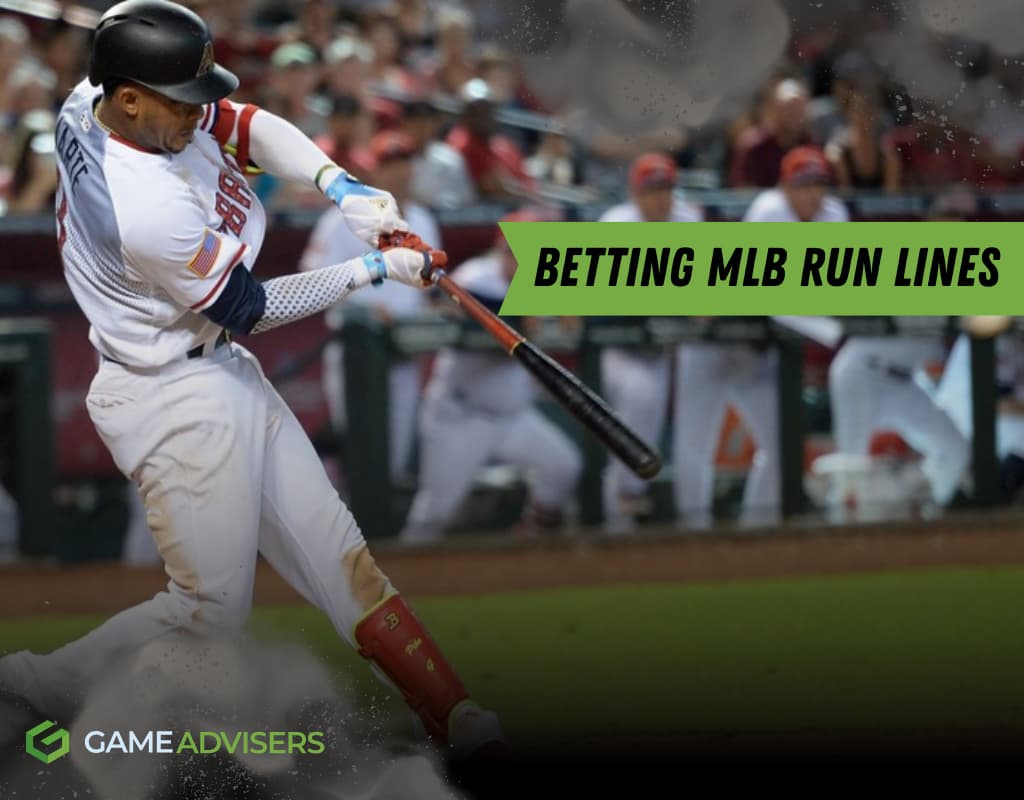Table of Contents
You hear a lot about moneylines in baseball betting—and rightly so. It’s the bread and butter for most MLB wagers. But when you start digging a little deeper, you’ll find the run line offers its own kind of edge. It’s just… a little trickier.
So yeah, the value’s there. But only if you understand how it works and, more importantly, how to avoid the traps.
First Things First: What Exactly Is a Run Line?
Think of the run line as baseball’s version of a point spread, though it’s not nearly as flexible. In the MLB, the spread is almost always locked at 1.5 runs. That’s because, unlike basketball or football, games here are tight—about 28% of MLB games end in a one-run difference.
So, here’s the basic structure:
- Favorite: -1.5 means they have to win by at least two runs.
- Underdog: +1.5 means they can either lose by one or win outright—and still cash the bet.
Let’s put it into play:
San Francisco Giants +120 +1.5 (-170)
Los Angeles Dodgers -130 -1.5 (+150)
If you like the Dodgers to cruise, you’re risking $10 to potentially win $15 by taking the -1.5 run line. On the flip side, betting the Giants to keep it close (or steal the win)? That’ll cost you $17 just to win $10. That right there—that’s the juice.
Understanding the Juice: It’s Not Just Background Noise
Here’s where newer bettors sometimes slip. They see a good team and think, “Yeah, they’ll win big,” and jump on the run line without noticing the juice.
The Dodgers might be favored by -1.5, but if the odds are sitting at -200? You’re paying $20 just to win $10. And remember, they can win by exactly one run—and you lose.
That’s why the juice matters. It’s not just a number in parentheses. It’s the risk side of the bet equation, and ignoring it means your bankroll might take hits you weren’t planning for.
Some days, it’s smarter to eat a little less profit for a safer margin. Other days, the underdog at +1.5 might offer better value, especially if their bullpen is strong and the starter has a history of keeping games tight.
Heavy Favorites Aren’t Always Worth It
Okay, back to our Dodgers-Giants example. Let’s ramp up the spread to show how odds can really tilt:
San Francisco Giants +240 +1.5 (+130)
Los Angeles Dodgers -280 -1.5 (-150)
The Dodgers look unbeatable, right? But betting them straight up on the moneyline means dropping $280 to win $100. And that’s just… not practical, most of the time.
Here’s the thing: MLB underdogs win around 44% of the time. That’s almost five in every 10 games. So if you’re consistently laying -280, you’re begging for trouble. You lose one or two of those, and you’ll need to win three or four in a row just to break even.
Now, if you have to back them, the run line at -150 makes more sense. It lowers the risk. Still not cheap—but better. It’s a slightly more comfortable squeeze, assuming the matchup justifies it.
Why “ATS” Isn’t the Whole Picture
A common mistake? Looking at a team’s against-the-spread (ATS) record and calling it a day. It feels helpful, but it’s not the full story.
Let’s say Team A has a great ATS record—covering the run line in, say, 60% of games. Sounds promising, right? But if most of those wins came as heavy favorites at -180 juice, the net profit might be… nothing. Or worse, negative.
What you really want to track is how many units they return, both as favorites and underdogs. That tells you whether they’re profitable in practice—not just in theory.
The Single Easiest Thing You Can Do? Shop Around.
This part gets ignored way too often. Odds vary—sometimes wildly—across sportsbooks. And when you’re dealing with run lines, even a 10-point shift in juice can make a big difference over time.
Back to our earlier bet. Let’s say one book has the Dodgers at -1.5 (+150) and another lists them at +155. That’s not just loose change. Over the course of a season, small gains like that add up.
Same thing on the favorite side. If one sportsbook lists the Dodgers at -1.5 (-150), but another offers -140? You’re risking $10 less for the same potential reward. No-brainer.
A lot of sharp bettors use offshore books or apps with reduced juice for this exact reason. It’s not glamorous work, but it’s often the difference between being a break-even bettor and a profitable one.
A Final Thought—Because There’s Always That One Game
Every MLB day has that one matchup where the lines don’t quite make sense. Maybe it’s a young ace returning from the IL. Or maybe the books are overvaluing a team on a six-game winning streak despite shaky peripherals.
Sometimes, everything checks out—and the run line favorite looks like a slam dunk. Other times? You’re better off just passing.
That’s what a lot of new bettors forget: You don’t have to bet every game. Seriously. The edge comes from being selective, not from volume.
If it feels off, skip it. If the price looks inflated, shop it. And if you’re confident in your read—whether that’s laying -1.5 or grabbing the +1.5 dog—just make sure the juice doesn’t turn a good idea into a bad bet.

